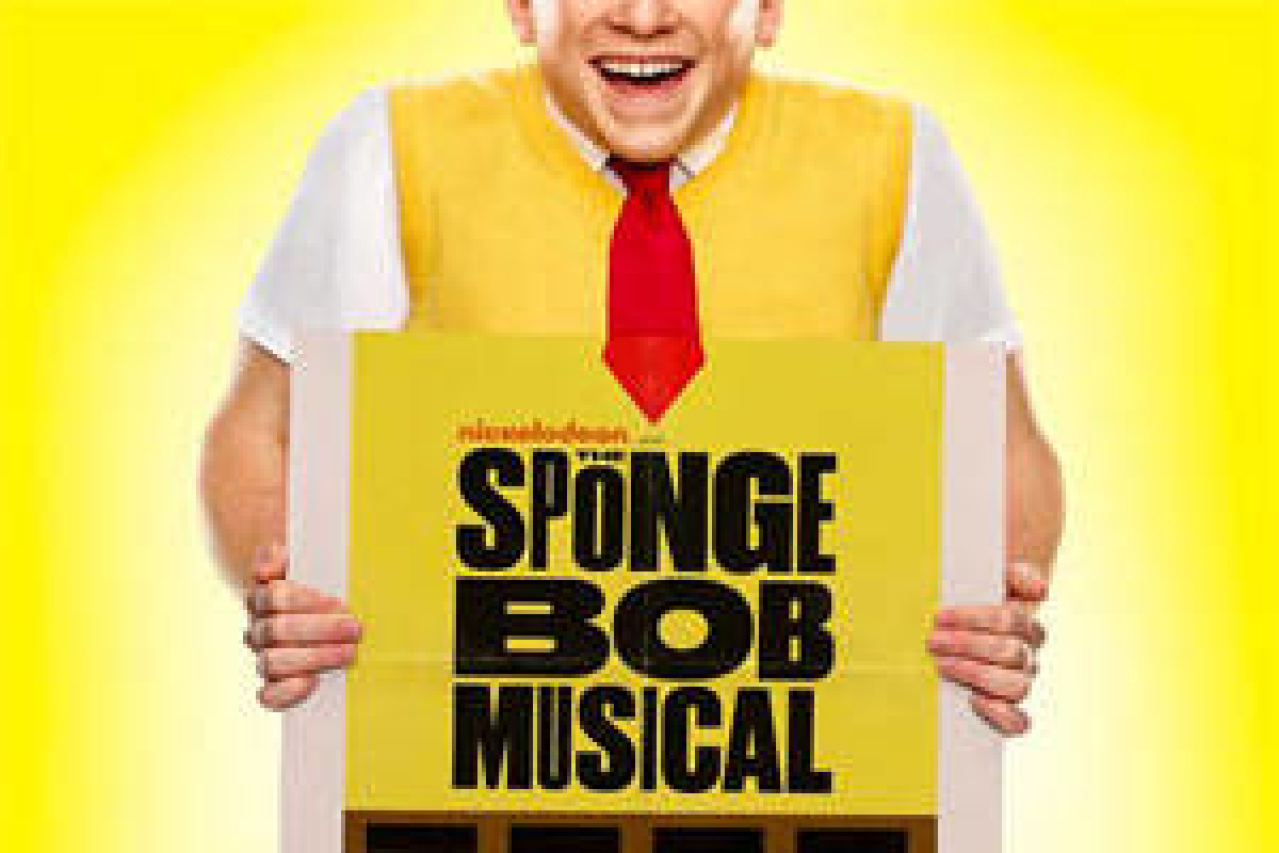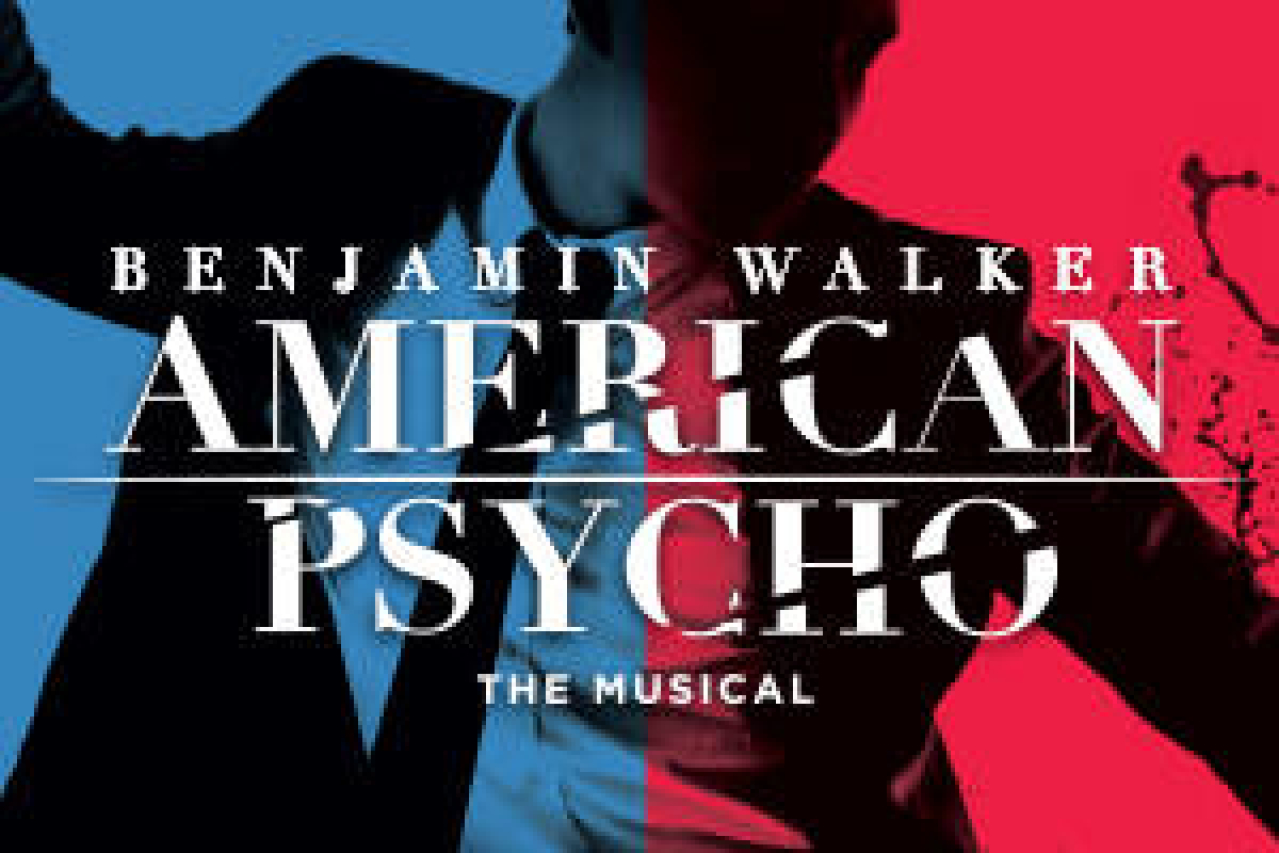From Wicked to The Color Purple, Broadway’s Best Are Often Based on Movies and Books

(© Joan Marcus)
SpongeBob is coming to Broadway next season, in a show appropriately titled The SpongeBob Musical. While investors can't wait for this soggy, yellow hero to clean up on the Great White Way, some fans wonder whether Broadway is running out of ideas. Audiences have been just as skeptical about Broadway's upcoming American Psycho musical, with one TheaterMania social media commenter asking, "Why does everything need to be a musical now?" And our recent article "5 TV Shows That Should Become Broadway Musicals…and Who Should Write Them" elicited responses declaring that we should stop encouraging recycled plots.
But knee-jerk objections to all reused stories would have to include dislike for beloved musicals like Oklahoma!, West Side Story, Wicked, Fiddler on the Roof, and yes, even Hamilton. In fact, for as long as we've been recognizing the best of each year's musical-theater crop with Tony Awards, the majority of those accolades have gone to shows based on a previously existing property — from the first Tony-winning musical, Kiss Me, Kate, in 1949, to 2015's Fun Home — proving that adapted musicals aren't just common, they're also often highly acclaimed.
Even Oscar Hammerstein II, in advising his protégé Stephen Sondheim, suggested that adapting other writers' stories is a much safer bet when creating a new musical. In an interview with Academy of Achievement, Sondheim remembered the renowned librettist suggesting that before even attempting an original musical, he should first create musical versions of at least two plays and one nondrama. Though Sondheim didn't expand on the idea, current musical-theater makers may be able to shed some light.
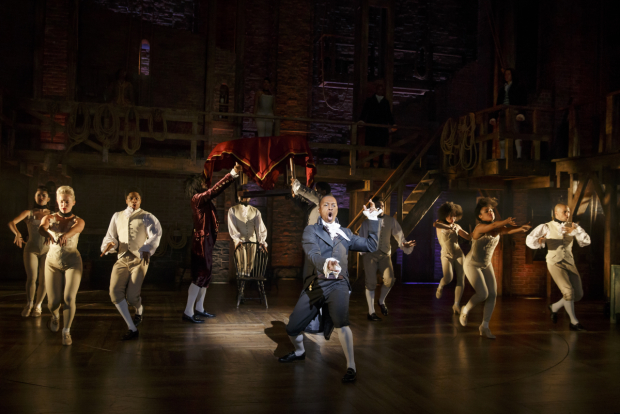
(© Joan Marcus)
Fun Home book writer Lisa Kron, an accomplished playwright, had never worked on a musical before winning a pair of Tonys for the one she wrote with Jeanine Tesori, but Kron said that adapting Alison Bechdel's graphic novel made clear to her why "many of the greatest musicals are adaptations of other things." On a basic but important level, building a musical on a previously created foundation gives common ground to the many artists working on a project. In the case of Fun Home, it meant that Kron and the rest of the primary creative team "shared the same aesthetic goals and values."
That narrative backbone is especially important in musical theater because it is such a collaborative art form. According to Isaac Hurwitz, Fox Stage Productions' senior vice president of creative affairs, "Even when you have one person writing book, music, and lyrics," there are still many pieces that need to come together beyond that when it comes to designing and staging a show. Source material, he explains, can provide a crucial "common thread."
The Color Purple's Tony-winning book writer Marsha Norman echoes this sentiment, calling it "an identifiable essence." She offers an example: "We all agree we're gonna do Moby Dick, so an argument we're not going to have is whether we have to have sailors in it. Or whether we have to have a whale." Norman continued, explaining that the "single factor that determines whether the show works" is making sure all collaborators are writing the same show or, as she puts it, that the "horses don't detach and go in opposite directions."
Musicals, it seems, also tend to work particularly well as remakings of recognizable stories because of their nature as a highly emotional, cathartic art form. Rather than being focused on giving information, Kron believes musicals are about "illuminating a story." That's why, so often, new musicals struggle when it comes to detailing a narrative, but flourish when it comes to "meditating on" and "expanding upon" a story. Adaptations have the benefit of building on a narrative the audience already knows.
Kron thinks that much of the animosity theater lovers feel toward musicals that interpret other works is due to the kinds of properties that sometimes get the musical treatment. When you're searching for a story, she says, "You look for something that you feel is unexpressed, some emotional component of the original material that can be released by the musical form." When that untapped emotion isn't at the core of an artistic work, creating a new version becomes "an exercise in making a musical out of something that was complete in and of itself."
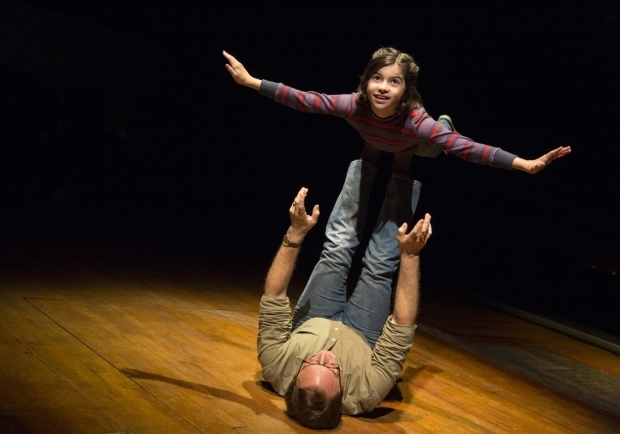
(© Joan Marcus)
While what makes adaptations attractive to producers is having a built-in audience for the existing material, that's also one of its biggest risks. If a story is already well-known and well-loved, turning it into a musical also means you might have to make some controversial changes in order for it work onstage. Hurwitz believes that new musicals have to stand on their own two feet, but they also need to surprise their audience and "subvert any expectations people come in with." No show, he says, can thrive as "a pale imitation of what people know and love already."
To do the job well and create a hugely affecting piece of theater, Hurwitz believes it's important to keep in mind the place musical theater holds in the hearts of its supporters. For him, the core of his most-loved musicals is an individual with mundane problems who ultimately has "some sort of transcendent communal — in some sense spiritual — impact." Norman takes that idea a step further, positing that "musical theater is very much like church." Musicals often function as a metaphorical shared space, and basing new musicals on existing properties allows audience members to feel something in common with their fellow theatergoers.
With so many potential pitfalls, it may seem like creating a good musical isn't even possible. And according to Norman, that's not far from true. "The thing about musicals that I love," she said, "is that they are impossible. So close to impossible that you might as well call them impossible." Nevertheless, theater artists keep trying, and when the stars align, as Norman points out, "Musicals can move you beyond any other kind of theater."
"There are reasons that people want to come back and see a musical version of something they love," she continues. "It's the gathering of the tribe around the fire at night."
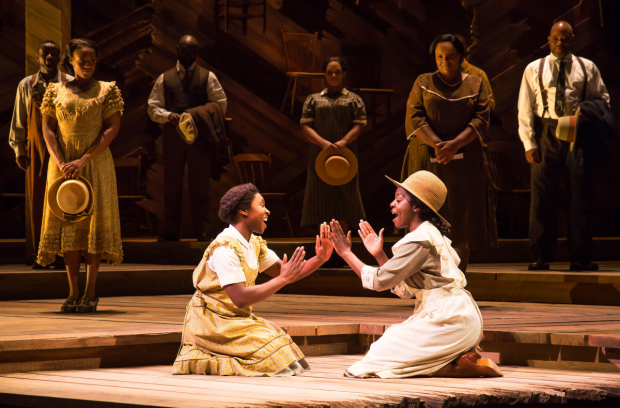
(© Matthew Murphy)



